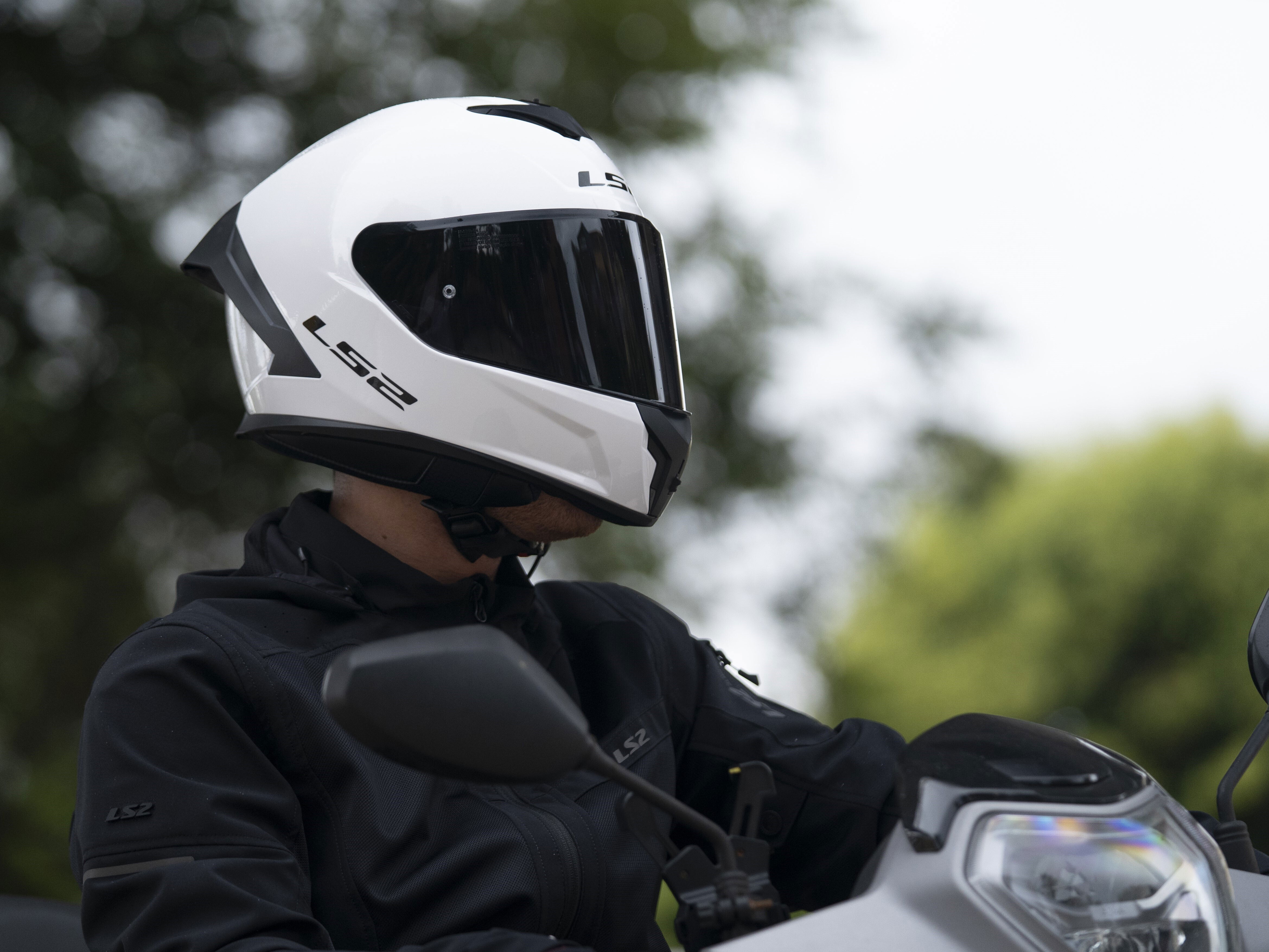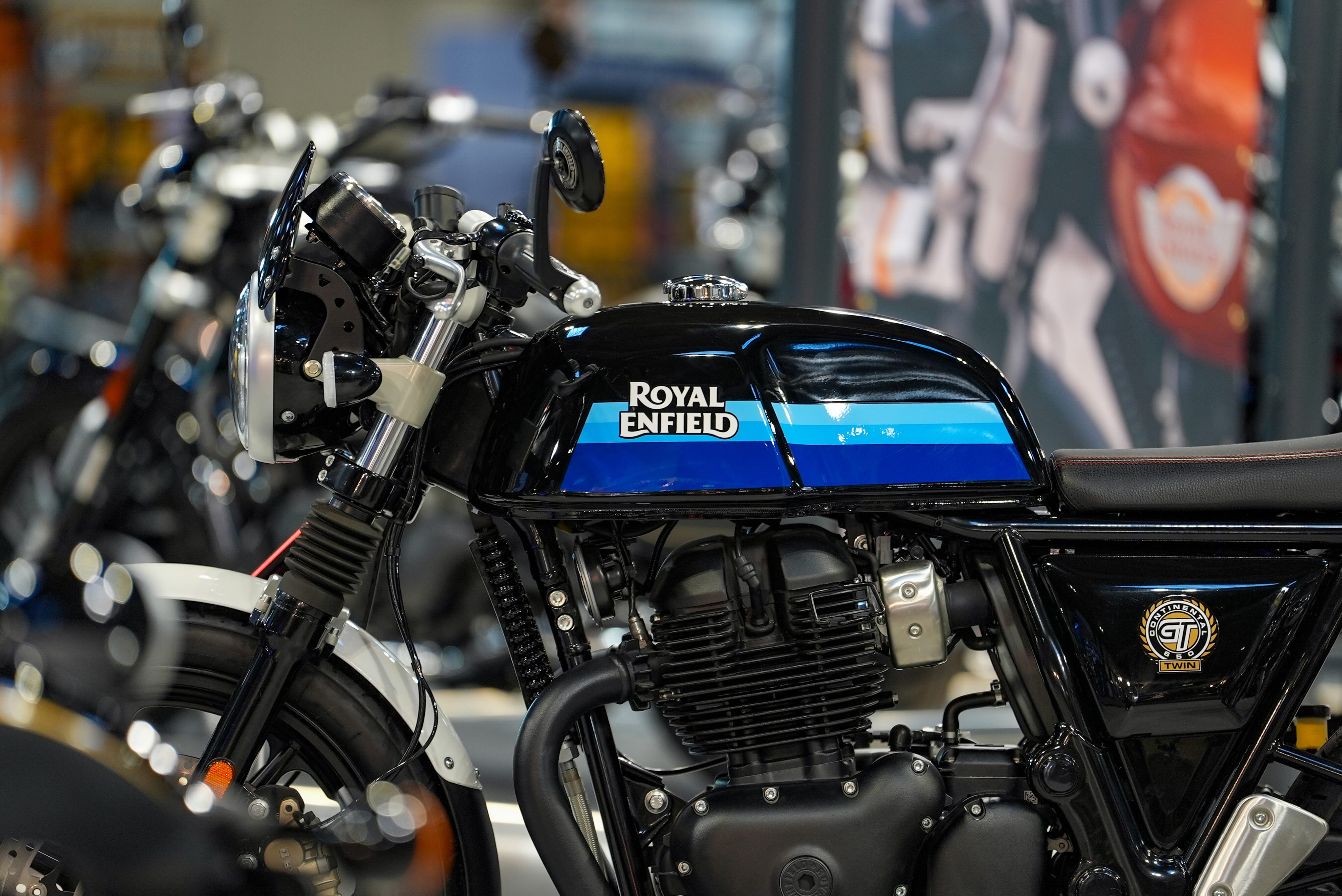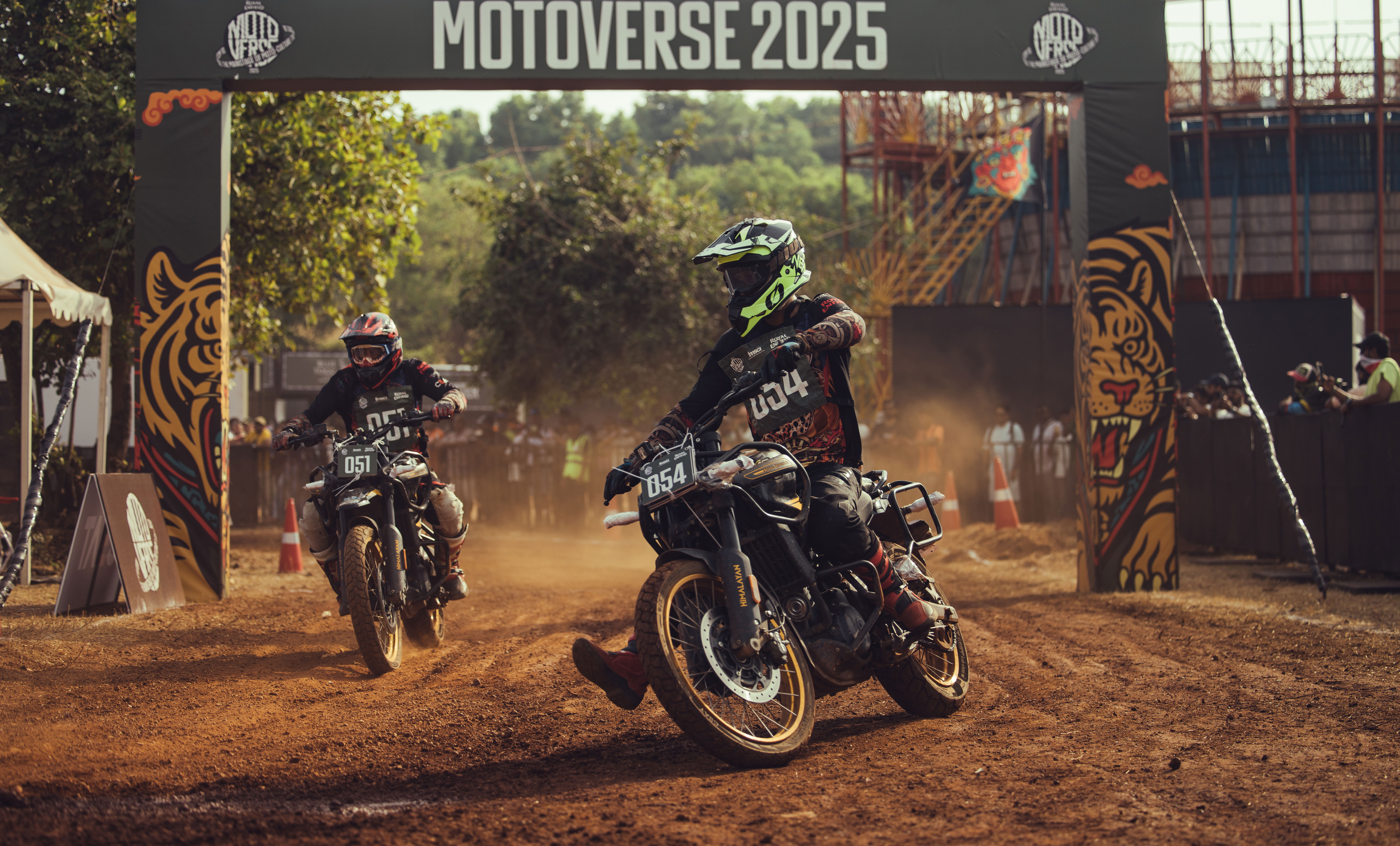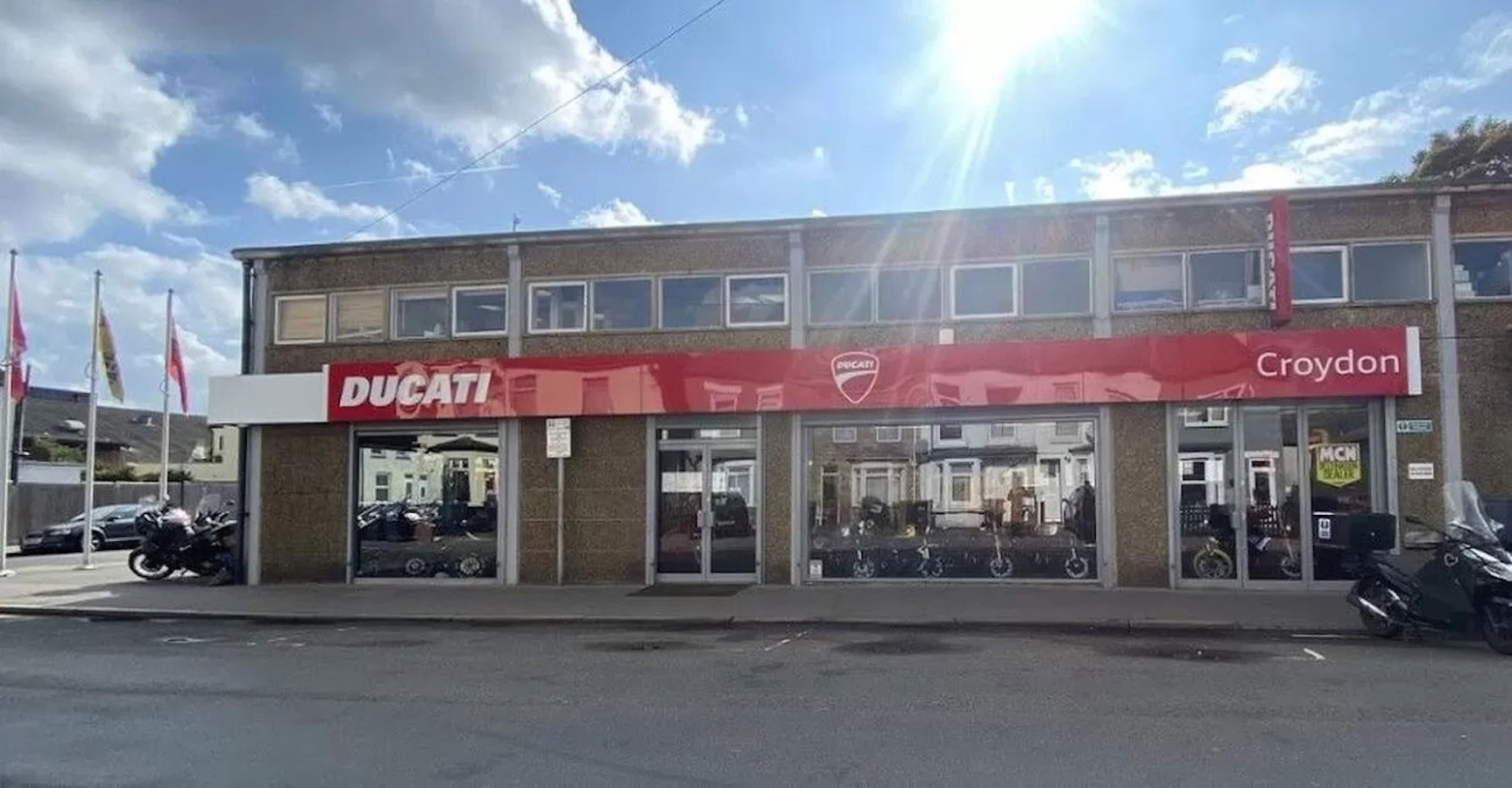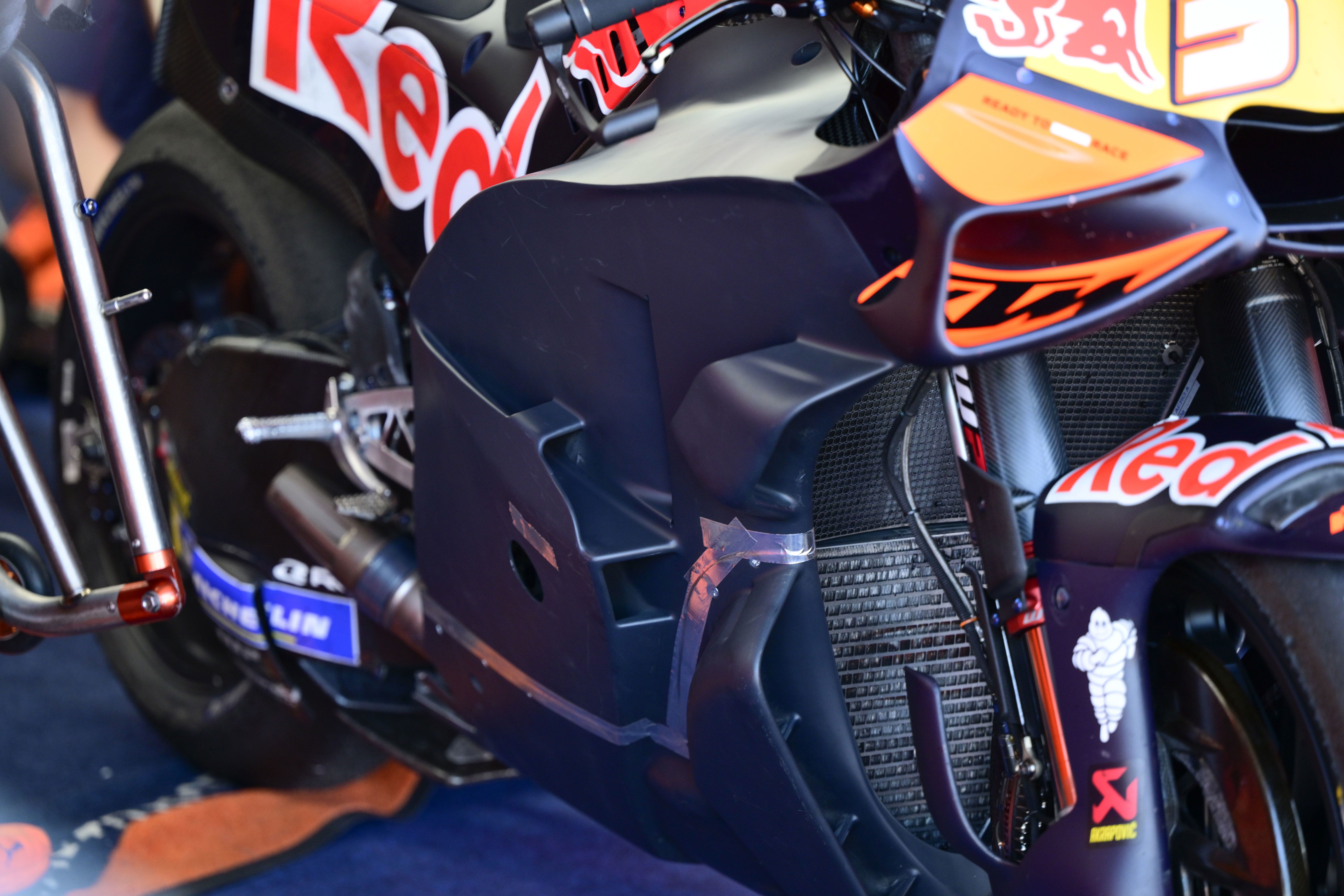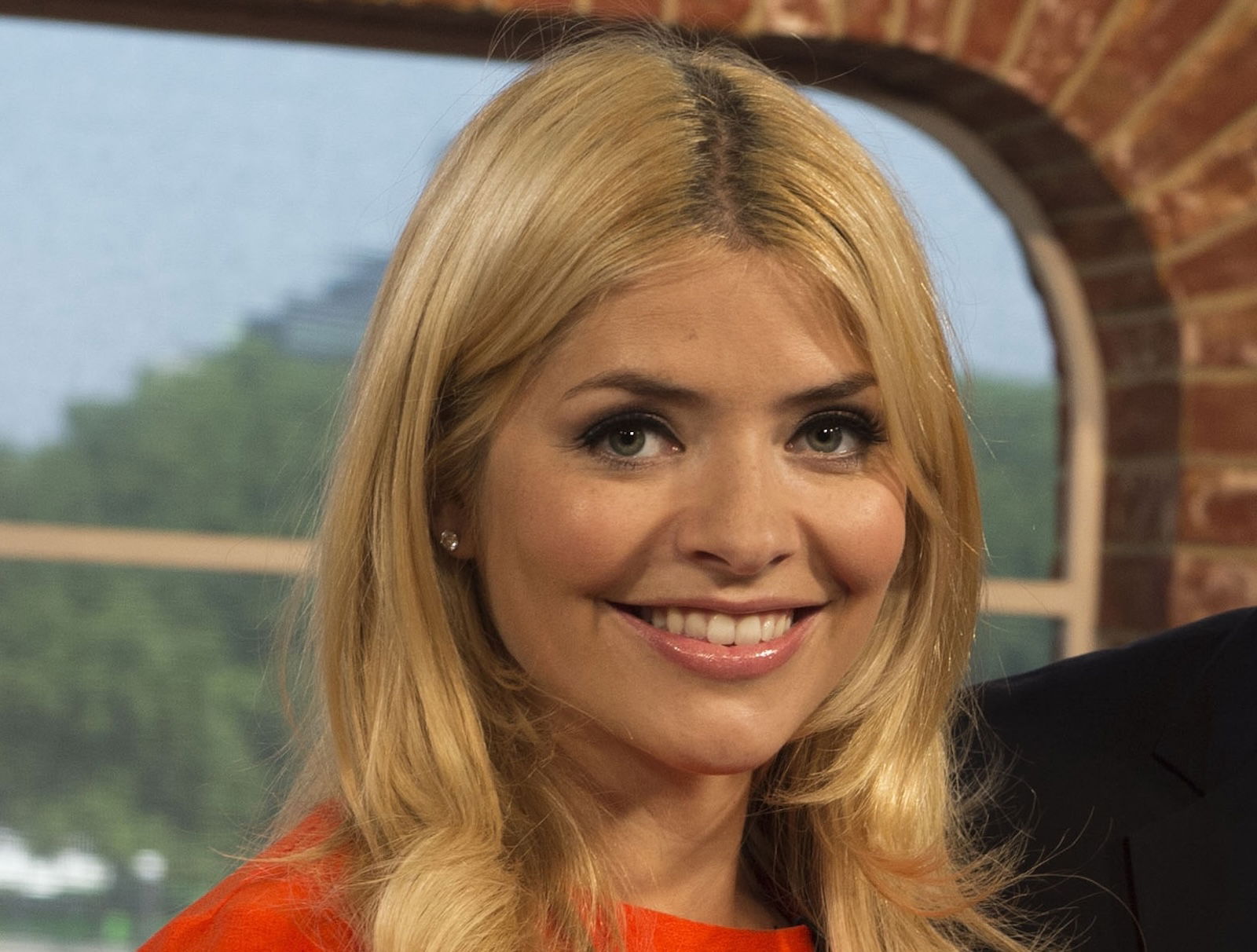Is racing behind closed doors really better than no racing at all?
Racing behind closed doors remains a potential option to ensure MotoGP action takes place in 2020 - but is it really better than nothing...?
.jpg?width=1600&aspect_ratio=16:9)
The coronavirus pandemic is asking questions the world of sport has never had to answer before to the point where the motorcycle racing power brokers appear just as powerless as the rest of us right now.
Sitting here in April, little more than a month since the 2020 calendar was thrown into disarray, the future is uncertain for every one of us, whether we’re sat at home or waiting to go racing again.
It’s worth noting MotoGP was one of the first big sports to begin cancelling or re-arranging events as a consequence of COVID-19 – after all, Formula 1 went all the way to Australia with the intention of racing only to trudge back home again without a competitive wheel being turned.
A month on and news of events being cancelled or postponed are greeted with inevitability rather than despair, a sign of the widespread consensus this is the right course of action (something not everyone shared just a few weeks ago).
However, at some stage motorsport will happen again. While Dorno CEO Carmelo Ezpeleta is prepared to scrap the 2020 season altogether, it is also prepared to get things going again this year if it is able to do so.
One option that cropped up early on and remains on the table is the prospect of racing ‘behind closed doors’ – aka. racing without spectators, or for want of another term without a ‘mass gathering’.
The allowance for mass gatherings appears to be the biggest hurdle for any sport in getting back on track because while few expect the current strict lockdown measures to remain in place for months to come, it’s hard to see it relaxed to the extent tens of thousands can stand side-by-side in a grandstand.
Speaking to Eurosport, Pata Yamaha WorldSBK boss Paul Denning revealed it has been discussed with him in agreement that ‘racing behind closed doors is not what anyone would want but I think the phrase ‘better than nothing’ would sum that up quite well.
It’s clear Dorna is still mulling this one over, perhaps more because the prospect of traveling freight and people around the world in an organised manner seems more likely in the interim than allowing the general public to descend on a single location.
With this in mind, the question is: If MotoGP and WorldSBK finds itself in a position to hold a race but not a public event, should it be going ahead?
.jpg?width=1600)
A solution or against the spirit of the sport?
On paper no-one likes the idea of racing behind closed doors. MotoGP et al. are sports to be enjoyed in person, stirring the sensations and giving everyone the chance to watch a performance close up.
Running a race without spectators makes hosting an event look like a business decision where the priority is to appease manufacturers and sponsors primarily at the behest of the fans they are supposed to be entertaining.
However, in these circumstances even a purely business decision has merit. This weekend Avintia Ducati boss Ruben Xaus revealed the MotoGP team is in the ‘red zone’ financially, despite the aid package delivered by Dorna, because it cannot ask sponsors to pay up without going racing.
Indeed, while teams are there to impress the public, they don’t do it solely for the fun – they are businesses that need to make money, the source of which for most is sponsors. Getting any racing underway could be critical to their survival if they have any chance of either retaining their backers or having a reason for them to siphon cash their way.
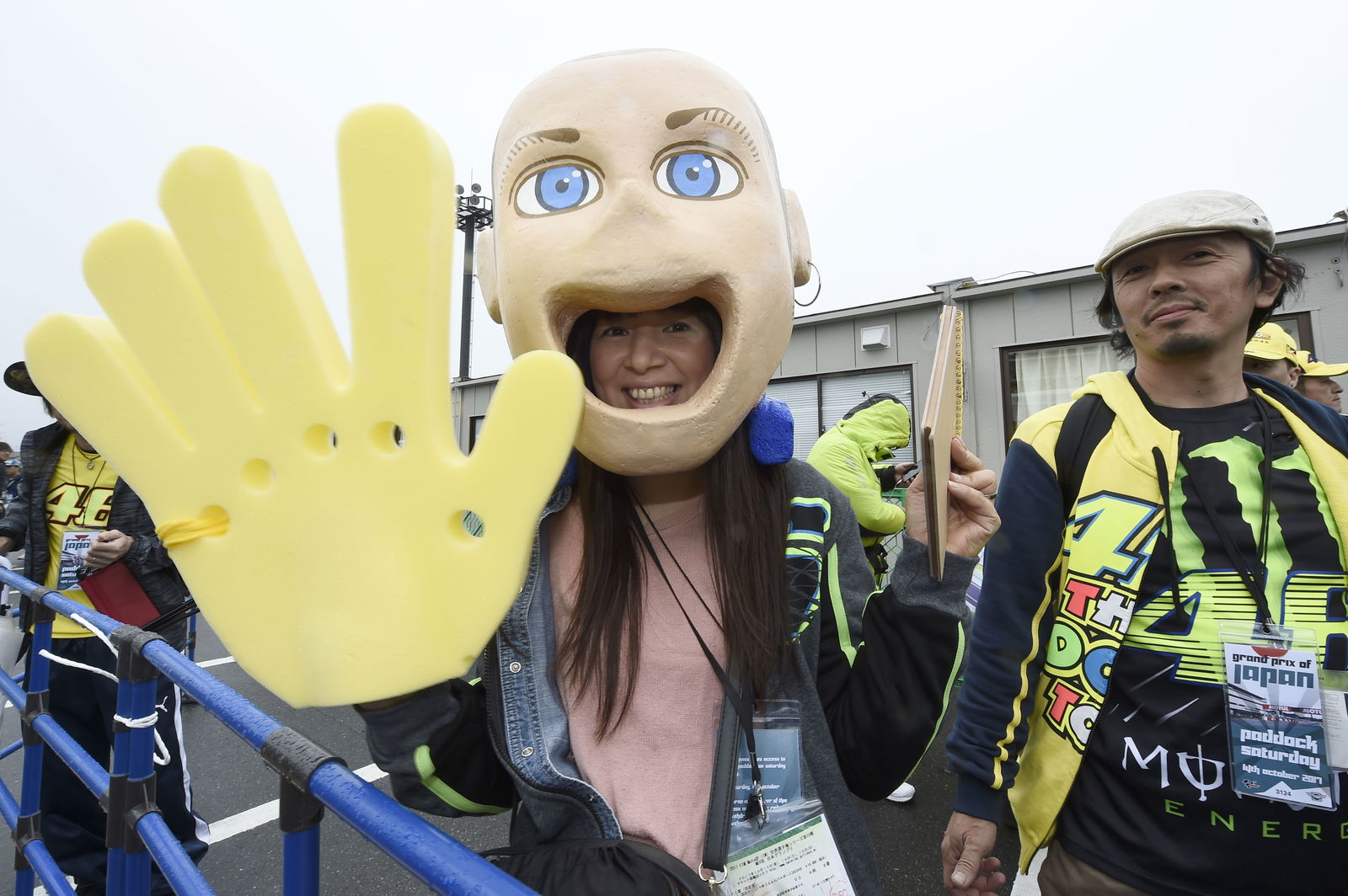
Does racing behind closed doors make financial sense?
Save for giving some teams a potential opportunity to submit some invoices, racing behind closed doors doesn’t go all the way in resolving myriad of issues
Hosting an event is lucrative for a venue’s profile but without a doubt very costly, whether it’s paying fees to Dorna or upgrading facilities. Venues make their profits primarily from anything left over in ticket sales, so removing that from the spreadsheet leaves a big hole.
Presumably, any event that took place in this manner then would need to be funded by Dorna itself, but it’s already facing financial pressures as it waits impatiently for the season to start while trying to keep the more vulnerable teams afloat in the short-term. As such, going racing behind closed doors may not add up financially anyway.
Indeed, some feel racing behind closed doors still doesn’t represent great value for teams, which also receive money from hospitality and hosting events for sponsors, something that just wouldn’t happen in these circumstances. Aprilia Racing team manager Fausto Gresini pointed out sponsors still won’t want to pay out if the only exposure for them is what is seen on TV.
Finally, there remains a question of what constitutes a mass gathering. It still takes a lot of people – into the thousands – for MotoGP, Moto2 and Moto3 to take place, all largely working within close confines of one another. Beyond the fact it could be really dangerous for the paddock were coronavirus able to penetrate it, it’s a logistical headache in a racing context too.
Point is, if there was an obvious solution to this dilemma it would have been expressed already. Racing behind closed doors is a tempting prospect but making it happen isn’t so much ‘better than nothing at all’, more ‘no better if you can’t do it properly and safely’.
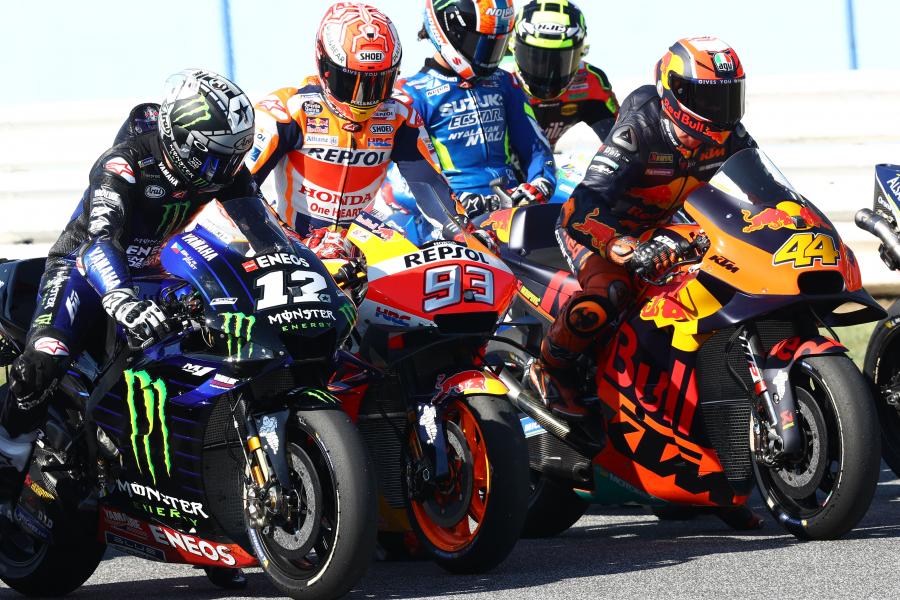
 badge.jpg?width=1600)
